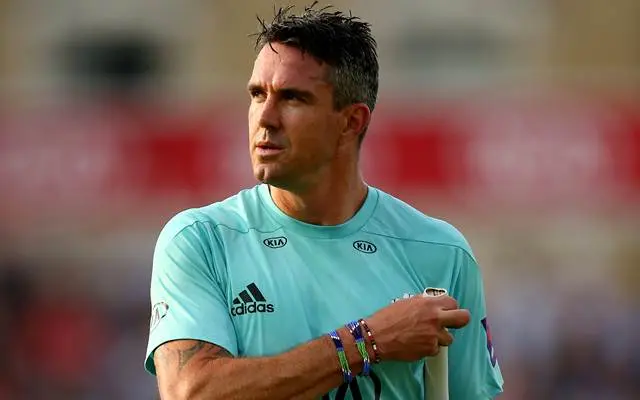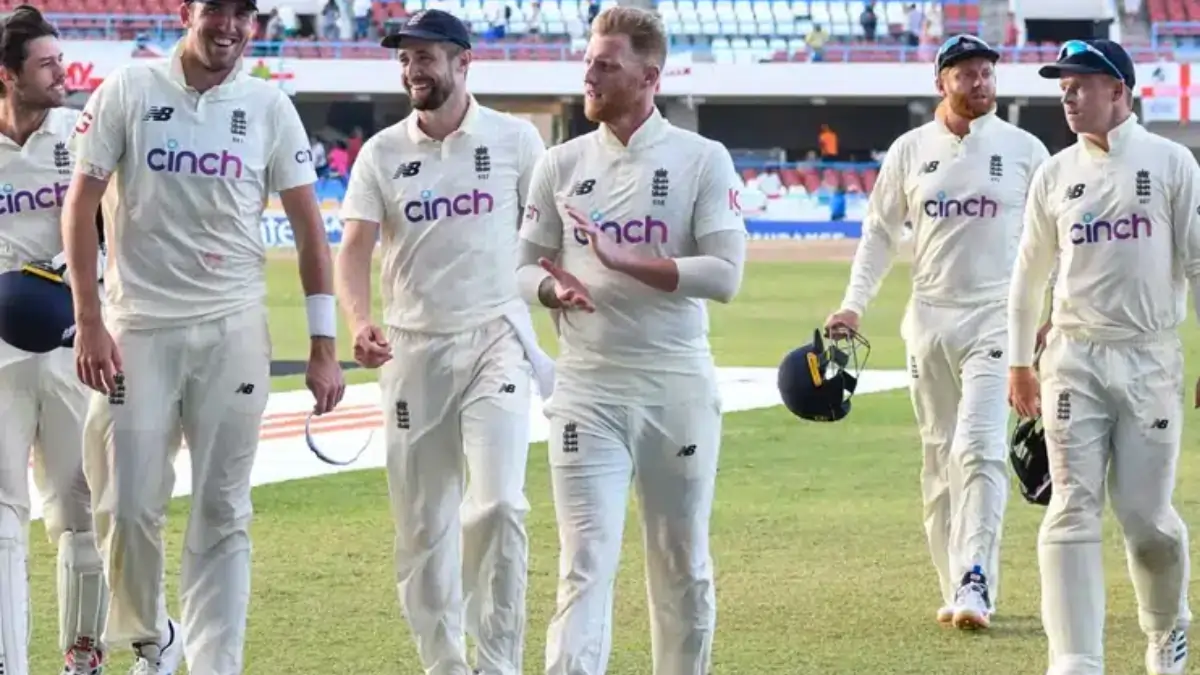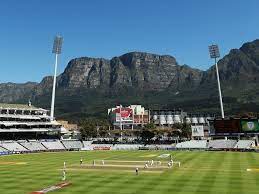The next chapter in the Kevin Pietersen autobiography is Pietersen and the final chapter
On the way to Sydney, before the final Test, Pietersen asked Broad about Flower. Broad told him that Flower hasn’t spoken to him for 3 weeks. How come? Broad was the only saving grace of the tour and yet, Flower did not talk to him. Broad had problems with Prior too because of Prior’s endless negativity. Having been reintegrated, Pietersen conducted himself well. Even Swann admitted that. Writing in his column Swann wrote that “Kevin made a huge effort to improve his attitude around the dressing room. I saw or heard no issues with him in Australia. His approach was exceptional”.
He got a message from Flower asking him to meet. Pietersen had to wait at the lobby for Flower to pick him up because the security system was such that he could not directly go to his room. As soon as they reached the floor, Flower told KP that he was disappointed him and demanded to know who else was Pietersen talking to. Was Pietersen trying to remove Flower from his role?
Final poke at Flower
Flower has seen how Pietersen trains. He trained bloody hard despite all the injuries and countless injections on his knee. He practised harder than anybody else, asking the coaching staff to throw from a few feet away to help him play bouncers better. Yet, he never gave any credit to KP but was happy to take the credit whenever Pietersen performs. Pietersen felt that Flower must have seen KP talk to Cook, who had just given a fitness talk to a team who were 0-4 down and were annihilated. Pietersen told Cook that it was a wrong speech at the wrong time.
Morever, the F Flower was from Prior during the players meeting and not from him. Pietersen told Flower to his face that he has created a team that is afraid of anyone and everything. They are afraid to tell anything to Flower whereas he does not fear Flower. It was a bold enough talk that Flower wasn’t amused.
Probably, the seed for Pietersen’s eventual removal was laid during that meeting. Flower was a master in getting alongwith the powers who matter. He influenced Giles Clarke, David Collier and Paul Downton to somehow find a reason to remove him from the team. So much so that Pietersen’s habit of whistling was also called into question. He used that habit to relieve the tension but it was construed as he never cared about playing for England. It was utterly ridiculous.
Wrapping up Pietersen and the final chapter
Towards the end of the autobiography, KP reminisces about some of the players he played with. He paid full tributes to the likes of Rahul Dravid, Virender Sehwag, Yuvaraj Singh, Brett Lee, Gilchrist and a host of others. There was one more twist to the tale or rather one more humiliation his way, courtesy the ECB. The MCC wanted him to play for them in a game against the rest of the world to celebrate 200 years of MCC. The ECB did not approve and the MCC were almost forced to make Pietersen withdraw from the game. ECB realised that the invite was already sent and accepted. So they had to agree.
Life after being out of the England team remind good for Pietersen. Did he miss playing for England? He certainly did. He would have given anything to play for England again, to travel, to put on that Three Lions. Alas, it never materialised. There was a short period, when I think it was Colin Graves, when he became the Chairman of the ECB, he expressed the opinion that he would like to have Pietersen play for England again. Pietersen who was away in India at that point, playing in the IPL, immediately spoke to the franchise and got himself released. He went to play in County cricket in the hope that the England call would come but it never did.
Autobiography
https://icricketcritique.com/kevin-pietersen-and-the-meeting/
https://icricketcritique.com/kevin-pietersen-captaincy-and-moores/
https://icricketcritique.com/pietersen-and-his-early-life/
https://icricketcritique.com/pietersen-and-the-ipl/
https://icricketcritique.com/pietersen-and-rahul-dravid/
https://icricketcritique.com/pietersen-and-county-cricket/
https://icricketcritique.com/pietersen-and-the-big-cheese/
https://icricketcritique.com/pietersen-and-controversies/
https://icricketcritique.com/pietersen-and-the-textgate/
https://icricketcritique.com/pietersen-and-his-disillusionment/
https://icricketcritique.com/pietersen-and-confronting-abuse/
https://icricketcritique.com/pietersen-and-the-final-breakdown/
https://icricketcritique.com/pietersen-and-the-final-chapter/



